Other stories — fictions as well as legends based in truth — shape our languages and our ways of thinking, our imaginations and, yes, the stories we add to humanity’s opus. Every story we tell is, in a sense, a new entry in an ongoing dialogue among storytellers that goes back generations.
During one of the several writing panels I spoke on this past weekend at JordanCon, my fellow panelists and I painted a fairly bleak picture of the current state of the market for writers. Falling advances, shrinking publicity budgets, purges of editors at various publishing houses — the litany of alarming trends goes on and on. Contracting with a big-name New York publisher is becoming ever more difficult, leaving aspiring writers with fewer options outside of self-publishing, which remains a hard road for authors who don’t already have a prominent social media presence. And even for more established writers, myself included, small press publishing has become the more attractive and realistic option.
All of this means less money and more work, almost regardless of how much visibility and experience an author might have.
Which begs the question, why keep at it?
This is a question I have asked myself often over the course of a career that has seen its share of ups and downs. I am sure I have even addressed the issue in one way or another on this blog. But I feel the answer bears repeating.
I keep writing because I love to tell stories, and I still have ideas for novels and short fiction that speed my pulse and light my creative vision. I love to give voice to the myriad characters in my imagination who clamor for my attention. I love world building, discovering new places in which to set my narratives, building exciting histories (yes, I’m a history geek, and, for me, “exciting histories” is NOT an oxymoron . . .) constructing cool magic systems. I love it all. Stop writing? I might as well stop thinking.
More than that, though, storytelling is, to my mind, central to who we are as humans. Every holiday we celebrate, secular or faith-based, comes with a story. And when we share those tales of achievement, or triumph, or spiritualism with our children, we pass to them our shared values, our customs, our beliefs. Societies and cultures define themselves with their stories.
Other stories — fictions as well as legends based in truth — shape our languages and our ways of thinking, our imaginations and, yes, the stories we add to humanity’s opus. Every story we tell is, in a sense, a new entry in an ongoing dialogue among storytellers that goes back generations.
Depending upon who you ask, there are really only twenty types of stories. Or seven. Or three. And regardless of what number you agree with, I suppose there might be some truth to this notion. Stories can be categorized if the listing parameters are drawn loosely enough. Another way to look at it is that every story is different and there are as many stories as there are storytellers and ideas. I edit anthologies, and I have seen authors — literally hundreds of them — take a single theme and each create something utterly unique.
Three basic stories, or billions of them? I can go either way. But I believe with all my heart that every writer is engaged in that dialogue I mentioned a moment ago. Stories are embedded in culture, which in turn shapes each new story, which then informs the next generation of creators. Which suggests that we who write are engaged in an undertaking of near cosmic proportion, one that dwarfs the individual.
So is that why we write?
Maybe.
Or maybe we write because we’re writers and what else are we going to do with our days? Maybe we write because as hard as it might be, it’s still a way to make a living.
From the sublime to the ridiculous. Yes, ridiculous. Don’t believe me? You should see my most recently royalty statement . . . [Rimshot]
I come back to how I began. I write because writing is what I love to do. I am profoundly grateful and unbelievably fortunate to have a spouse who loves me and supports me in all ways imaginable. And thus I am able to make a career of my passion. It is not always easy. I have, on more than one occasion over the past quarter century, considered giving up.
But for better or worse, this is what I do, what all of us writers do. And the eternal dialogue awaits our next entries.
Keep writing.









 One of the great delights of writing historical fiction is the opportunity to leap into research and go bouncing off into every conceivable rabbit hole—er, to do a deep dive into a specific time, place or topic which will provide the backdrop for the story you have in mind. Unless you’re already a historical specialist in that area, doing the research is likely to consume a lot of time, attention, and other resources.
One of the great delights of writing historical fiction is the opportunity to leap into research and go bouncing off into every conceivable rabbit hole—er, to do a deep dive into a specific time, place or topic which will provide the backdrop for the story you have in mind. Unless you’re already a historical specialist in that area, doing the research is likely to consume a lot of time, attention, and other resources. When I am not in these panels, I will be at my table in Author’s Alley, signing and selling books. I also plan to have with me some of
When I am not in these panels, I will be at my table in Author’s Alley, signing and selling books. I also plan to have with me some of  And when it comes to writing, I am in something of a rut. The last novel-length piece I wrote beginning to end was Invasives, the second Radiants book, which I completed (the first draft at least) eleven months ago. Eleven months!
And when it comes to writing, I am in something of a rut. The last novel-length piece I wrote beginning to end was Invasives, the second Radiants book, which I completed (the first draft at least) eleven months ago. Eleven months!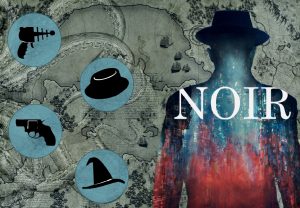 Mostly, as I say, I’ve been editing. My work. Other people’s work. The Noir anthology. I’ve been plenty busy, but I have not been as productive creatively as I would like. And I wonder if this is because of
Mostly, as I say, I’ve been editing. My work. Other people’s work. The Noir anthology. I’ve been plenty busy, but I have not been as productive creatively as I would like. And I wonder if this is because of 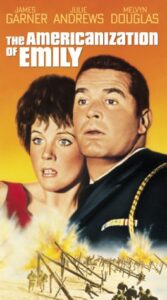 Hidden Gem movies: Two entries here, too, both of them idiosyncratic. But that’s the point, right? The first is a film from 1964 called The Americanization of Emily. It is a war movie set during World War II, but it will turn your expectations upside down as it rejects normal images of heroism and wartime valor. The cast is great — Julie Andrews in the title role is terrific. She’s worldly, sassy, and a long, long way from Mary Poppins and Fräulein Maria. James Garner, a favorite of mine, is her love interest, and is not at all the usual romantic lead. James Coburn and Melvyn Douglas are strong in supporting roles.
Hidden Gem movies: Two entries here, too, both of them idiosyncratic. But that’s the point, right? The first is a film from 1964 called The Americanization of Emily. It is a war movie set during World War II, but it will turn your expectations upside down as it rejects normal images of heroism and wartime valor. The cast is great — Julie Andrews in the title role is terrific. She’s worldly, sassy, and a long, long way from Mary Poppins and Fräulein Maria. James Garner, a favorite of mine, is her love interest, and is not at all the usual romantic lead. James Coburn and Melvyn Douglas are strong in supporting roles. Anyone who has met me and/or read this blog knows I am an avid photographer. And I have a very nice camera, a digital SLR with several interchangeable lenses that I use for landscapes, portraits, macro, travel photography, and pretty much everything else. Pretty much.
Anyone who has met me and/or read this blog knows I am an avid photographer. And I have a very nice camera, a digital SLR with several interchangeable lenses that I use for landscapes, portraits, macro, travel photography, and pretty much everything else. Pretty much.



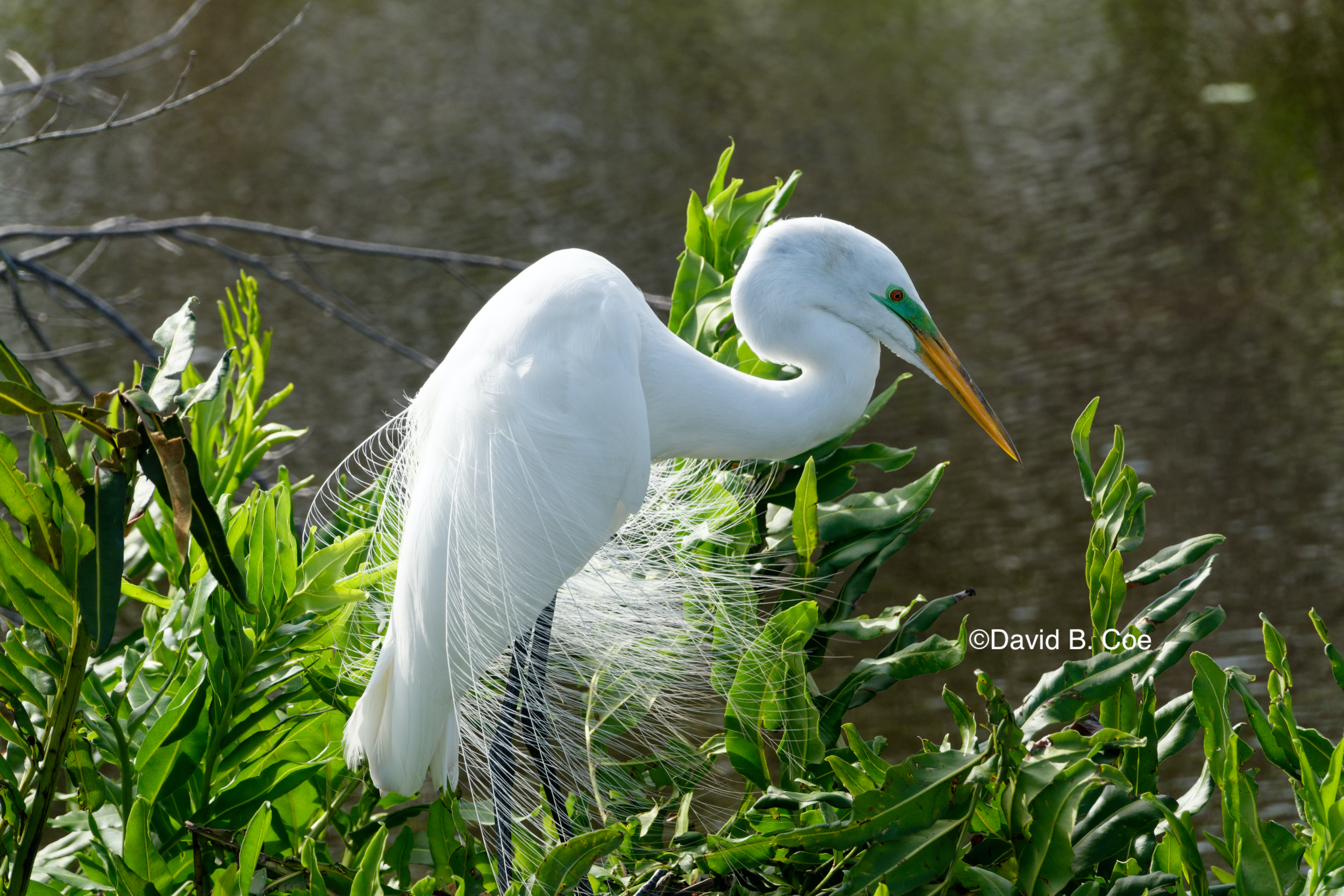


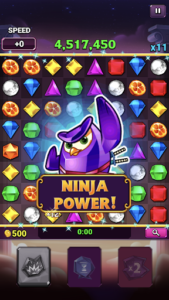 Confession #1: I play Bejeweled Blitz on my phone. I play it a lot, and I have been addicted to it for years. I have enough gold bars and coins piled up to make Warren Buffett envious. I have so many free gems wracked up that I could play for weeks straight, without pausing for meals or sleep, and never have to pay for a gem with any of those hoarded coins. It’s a bit of a sickness, actually. But I do enjoy it.
Confession #1: I play Bejeweled Blitz on my phone. I play it a lot, and I have been addicted to it for years. I have enough gold bars and coins piled up to make Warren Buffett envious. I have so many free gems wracked up that I could play for weeks straight, without pausing for meals or sleep, and never have to pay for a gem with any of those hoarded coins. It’s a bit of a sickness, actually. But I do enjoy it.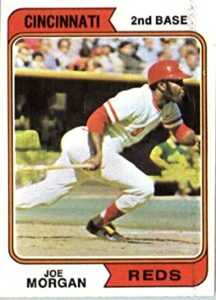 “Aha!!” I was able to reply. “What about Joe Morgan? Two time Most Valuable Player, perennial All-Star, World Series champion. He’s five foot seven!” Besides, I assured them. I didn’t expect or need to be six feet tall. I would be perfectly happy with five foot ten, like my hero, Roy White.
“Aha!!” I was able to reply. “What about Joe Morgan? Two time Most Valuable Player, perennial All-Star, World Series champion. He’s five foot seven!” Besides, I assured them. I didn’t expect or need to be six feet tall. I would be perfectly happy with five foot ten, like my hero, Roy White.